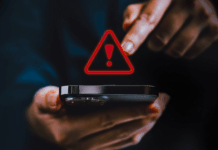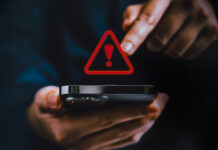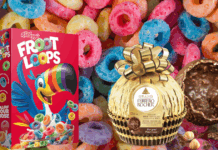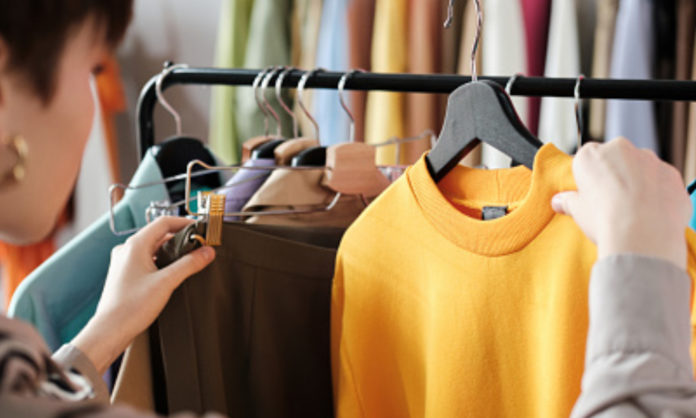Cut these simple things out of your life and you’ll be amazed at how much money you can save.
1. Lunch bags
Sure, your plastic lunch bags are convenient, and we’ve become accustomed to purchasing box after box. However, repeated purchases of single-use plastic bags mount up at the end of the year. And they are adding to (negatively) our growing plastic pollution problem. Although reusable silicon sandwich bags are more expensive at first, they are infinitely useful. These non-toxic bags seal effectively, are biodegradable (when they have finally passed their use-by date), and are microwave safe. They are easy to wash and reuse.
2. Impulse buys
We’re not just talking about the goods that attract your attention while you’re hungry or waiting in line – though those are hard to resist as well. We spend so much time online that it’s simple to see something we never realized we wanted and then, with a few flicks and swipes, have it on its way to us in minutes. To avoid impulse purchases, make it a rule that all things in an online shopping basket must wait in the cart for at least one day before being purchased.
3. Cleaning products
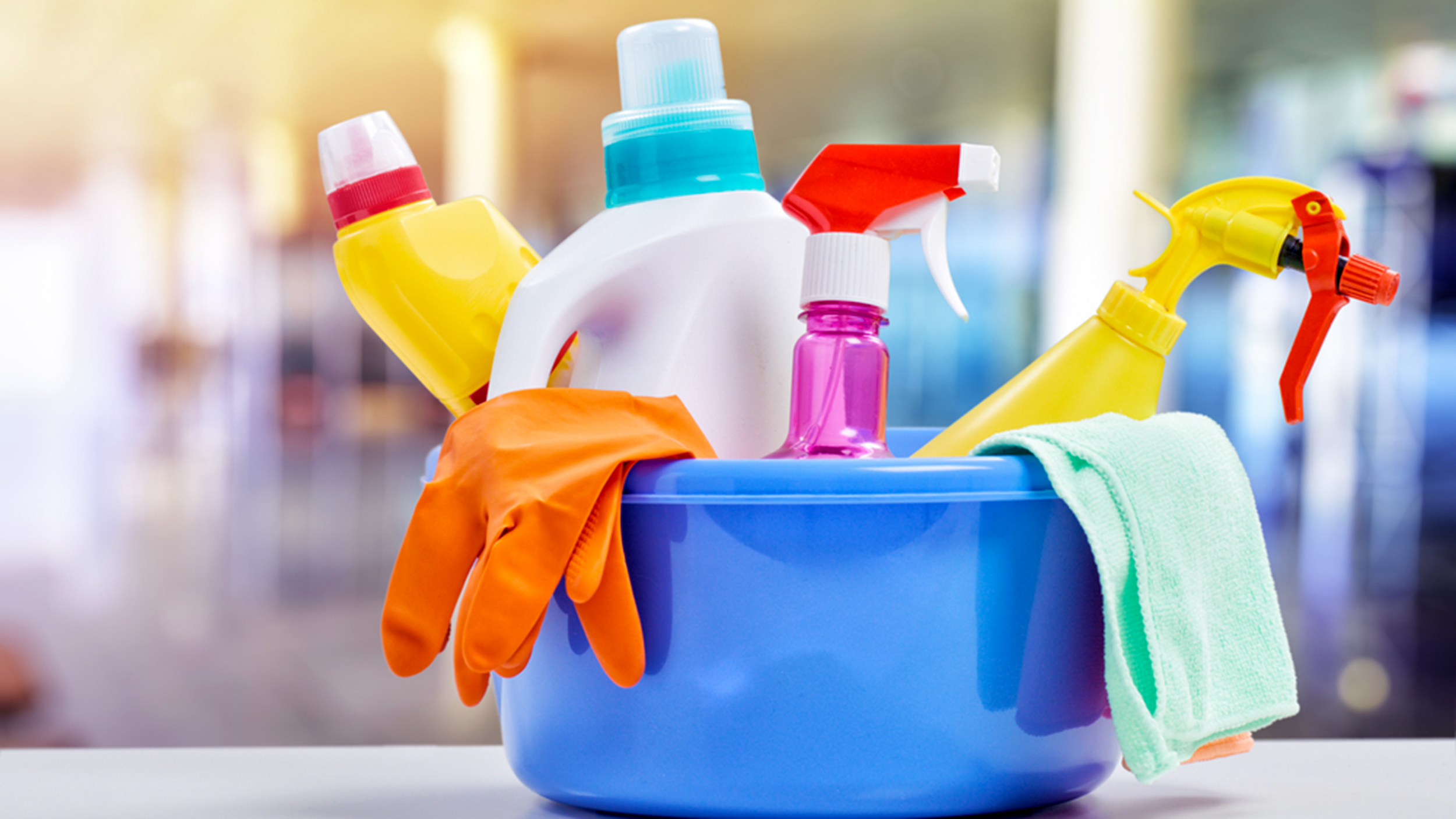
So many of the store-bought cleaning products that take up cabinet space might be substituted with a few pantry staples (cleaning vinegar and baking soda are two that top the list). Making your own is simpler than you think; it’s primarily a question of habit, and the appropriate formulae do work. Make a commitment to replace one of your normal cleaning products with a homemade alternative.
4. Paper towels
Although microfiber cloths are more expensive than paper towels, they last far longer. Invest in a supply of attractive cotton napkins that are color-coded for various cleaning tasks and wash them as they become dirty. You can easily prevent paper items from entering your kitchen in this way.
5. Greeting cards
The sum of all those $3 and $5 transactions is significant. You may also save money on postage by switching to free e-cards rather than mailing them across long distances. Can’t handle the idea of not allowing them to possess anything? If creating cards appeals to you, go for it! (Hold a card-making activity in the afternoon to create a supply.)
6. New clothes
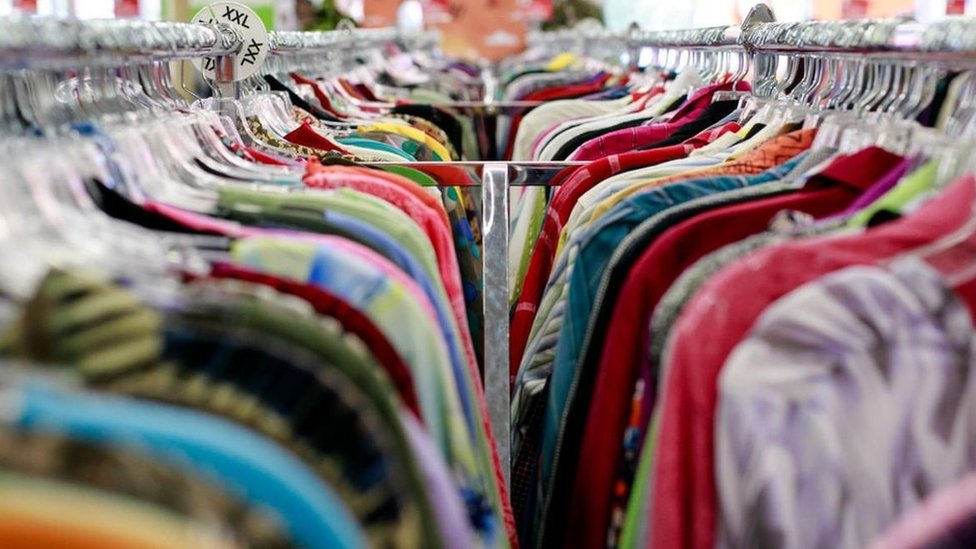
Stop before you buy new and think about cheaper (and more environmentally responsible) antique and thrifted things instead. Visit op stores to find the newest fashions. Op shops have a lot of online substitutes as well. Vintage objects, defined as those that are 25 years old or older, provide excellent statement pieces for special events.
7. Eating out
According to Eating Out in Australia, eating out costs Australian households about $5,000 annually. No one wants to stop going out entirely, but there are several strategies to reduce that number. Consider bringing lunch more frequently to work or school. Go out at happy hour, meet for lunch rather than supper, or choose a potluck meal at home utilizing whatever food is in your kitchen instead of an occasional evening out (make it enjoyable so it doesn’t seem like you’re skimping).
8. App and in-app purchases
Plan a time to go over your app subscriptions and cancel any that you are no longer using. (Automatically recurring monthly subscriptions are simple to forget about.) If there are any that you do use that have a disproportionately high in-app purchase rate, investigate free or inexpensive alternatives. You might also decide on a monthly cap that you feel comfortable over before disabling in-app purchases. Use applications to save money instead. This is what Apps like You Need a Budget are made to do.
9. Bottled water
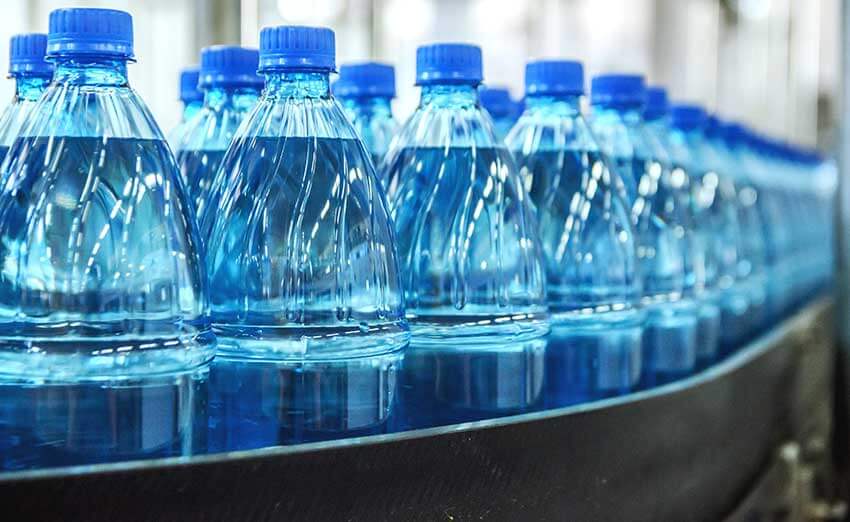
If you haven’t already, it’s time to quit paying for bottled water when you can obtain it for almost nothing at home. If you’re concerned about the flavor or quality of your water, consider purchasing a water filter. Sparkling water is also not inexpensive. If you’ve discovered a taste for bubbly water, try purchasing a Soda Stream and making your own. You’ll also be reducing the amount of plastic in the environment. And you won’t have to haul large shopping bags full of items that you can obtain from your tap or water filter. Also, get a reusable water container so you can carry water with you and refill it at water fountains.
10. Name-brand items
While some generic products do not match in quality to their higher-priced brand-named equivalents, it is also true that other generic products are almost similar. This is true for hundreds of products, including patent pharmaceuticals, food, and home goods.
Stay tuned to Brandsynario for the latest news and updates.






